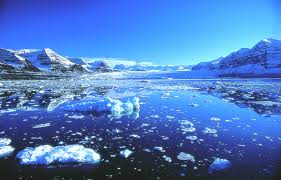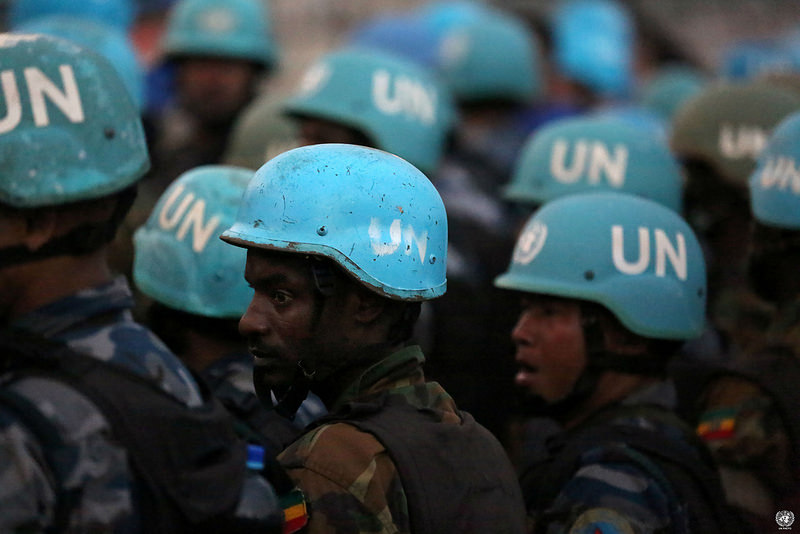Only months away from assuming Chairmanship of the Arctic Council from Canada, the United States revealed its new policy priority on managing climate change in the Arctic in the future by preserving the Alaska Natural Wildlife Preserve and banning drilling development in the Beaufort and Chukchi seas. While the intent behind the US’s new policy on environmental protection is admirable and it forms the basis for a policy response on the impacts from higher average temperatures on the Arctic (e.g. melting ice and ecological risks for local flora and fauna), it does place at risk the future economic development of the region’s natural resources. The impact of such a policy on Canada includes high socio-economic development costs, waning investor interest from trusted partners, and compromised northern security.
Even though the Arctic has experienced a reduction in ice coverage with implications for regional wildlife, the new situation does hold significant strategic advantages. These include better access during summer and winter, shallow seas to allow easier off-shore development, and vast resource wealth to allow long-term exploitability.
In a commodity-driven environment, volatile prices may determine the intensity of activity, as we have seen with the effects of oil price decline in Alberta. Prices are determined by several factors: the investment costs for developing and running a project and the desired return on investment, the market prices for that commodity, the demand for it, the trends in its futures market and how much of that commodity is stockpiled in reserves. The volatility in commodity prices comes from a collapse in demand, high inventory or macro-level geopolitical and economic events, which can cause a surge or rapid decline in the value of that commodity.
Alaskan Senator Lisa Murkowski has expressed agreement with the United States’ Arctic policy agenda, but has also argued that sustainable development is possible, citing the Alyeska pipeline, which crosses the entire state on a North-South axis, and has already provided decades of experience with environmentally sensitive resource industry management. Memories of the Exxon Valdez disaster in 1989 have contributed to the prevention and mitigation of oil spill disasters. While it is impossible to eliminate the risk of another oil spill, the management of that risk has become better over time with the experience.
Oil production is also an important source of financial revenue for the state of Alaska, and the continuously declining production from the Alyeska project puts the political and financial integrity of the state at risk by inhibiting further exploration and energy resource development.
The United States’s environmental policy focus on the Arctic combines with the rapid slide in commodity prices since the middle of 2014 and the prioritization of other geographical areas for resource development, such as offshore development in the Atlantic, increasing competition in an already diminishing market. In Canada, the reduction of capital spending by oil sands companies in 2015 will make it harder to support the operation and expansion of Arctic projects. The cancellation and preservation of projects is sure to result in shortfalls in federal and territorial budgets. The commodity issue is made yet more difficult by the collapse of the demand for the shipping of bulk dry goods to its lowest level in 30 years, as measured by the Baltic Dry Index.
On the security front, there is a direct correlation between improved accessibility and the quality of national security in the Arctic. Stable economic development lowers the accessibility costs in the Arctic and allows the Canadian security services to monitor vital connections like the Northwest Passage, to ensure the security of northern communities, and to bolster our territorial sovereignty. Canada’s active engagement is necessary for regional Arctic security, as well as better controlling one of NATO’s longest and most remote external borders in conjunction with the United States.
We see that Washington’s policy focus on the environment instead of economic development in the Arctic means that the region will not be its foremost political priority during the next two years. Combined with the collapse in commodity prices and a decline in shipping demand, this reality puts a direct strain on the political and financial viability of northern jurisdictions. In Canada, critically important sources of commodity revenue are falling and causing unplanned deficits, which make the job of meeting northern commitments more difficult. This, in turn, has direct implications for socioeconomic development for the northern Canadian territories, as well as national and regional Arctic security. Canada should work to bolster international security cooperation in the Arctic, so as to reduce costs and guarantee its core interests.




